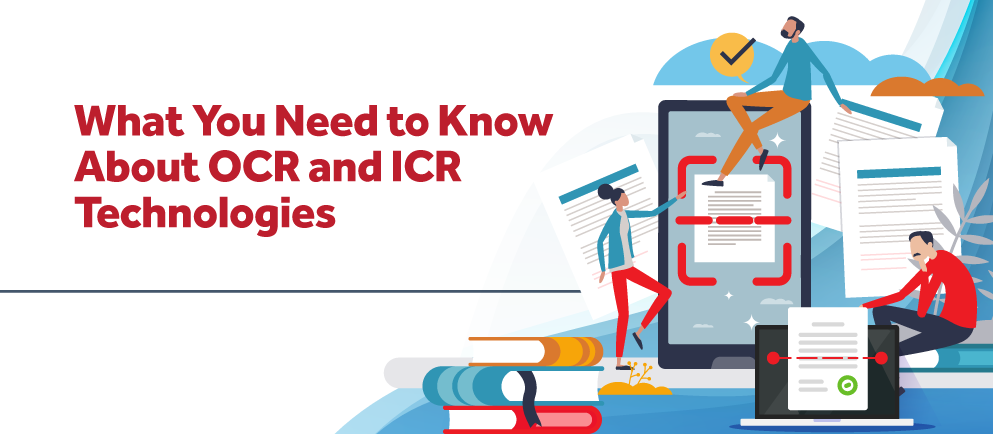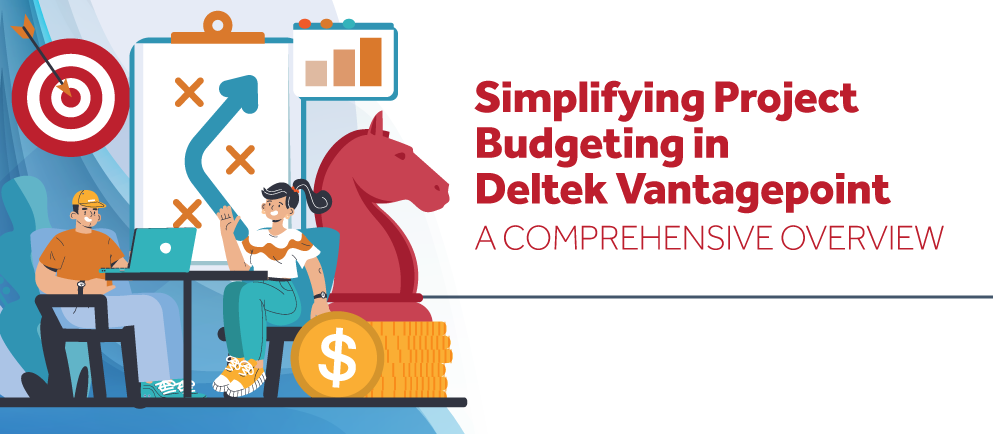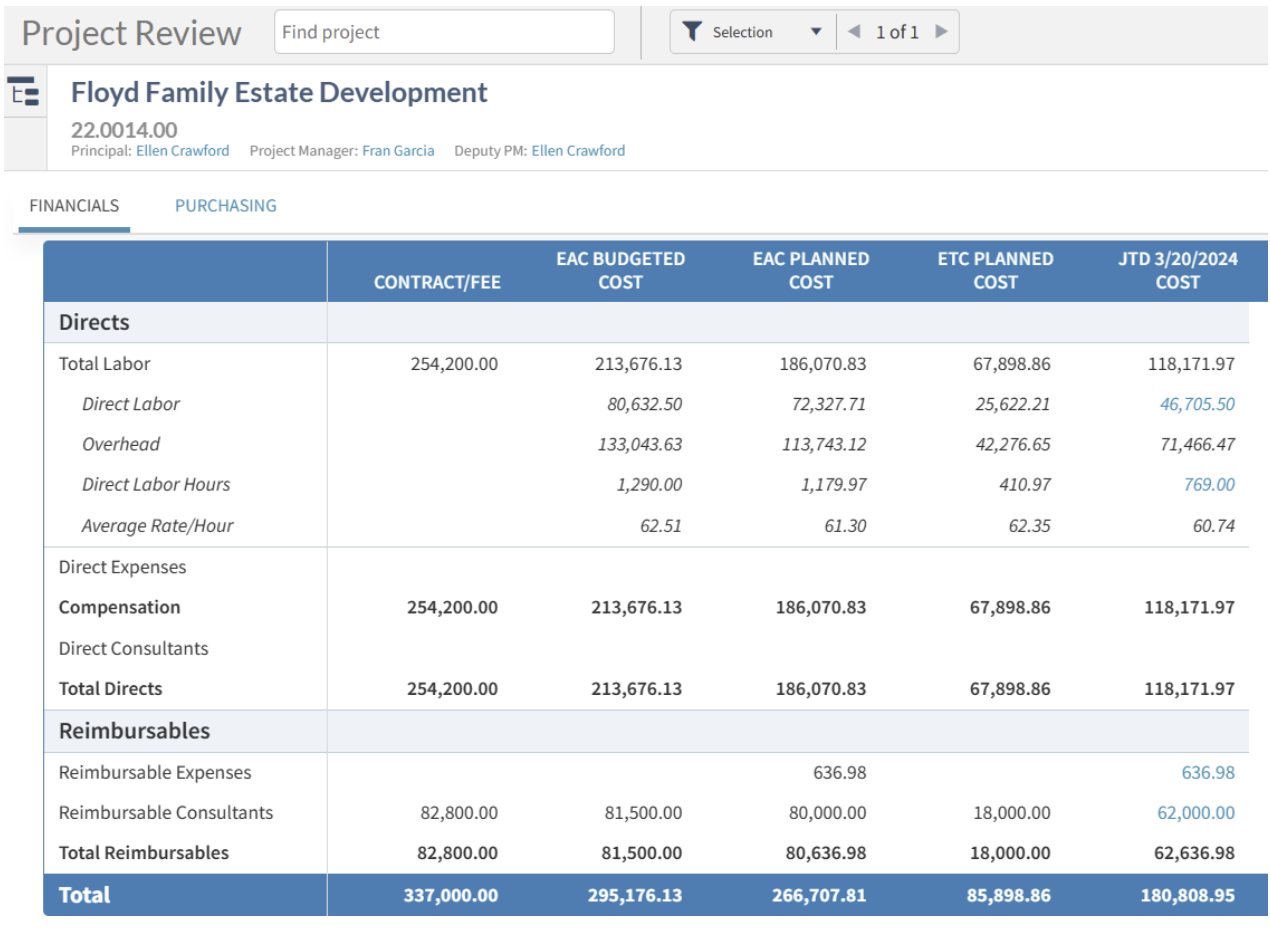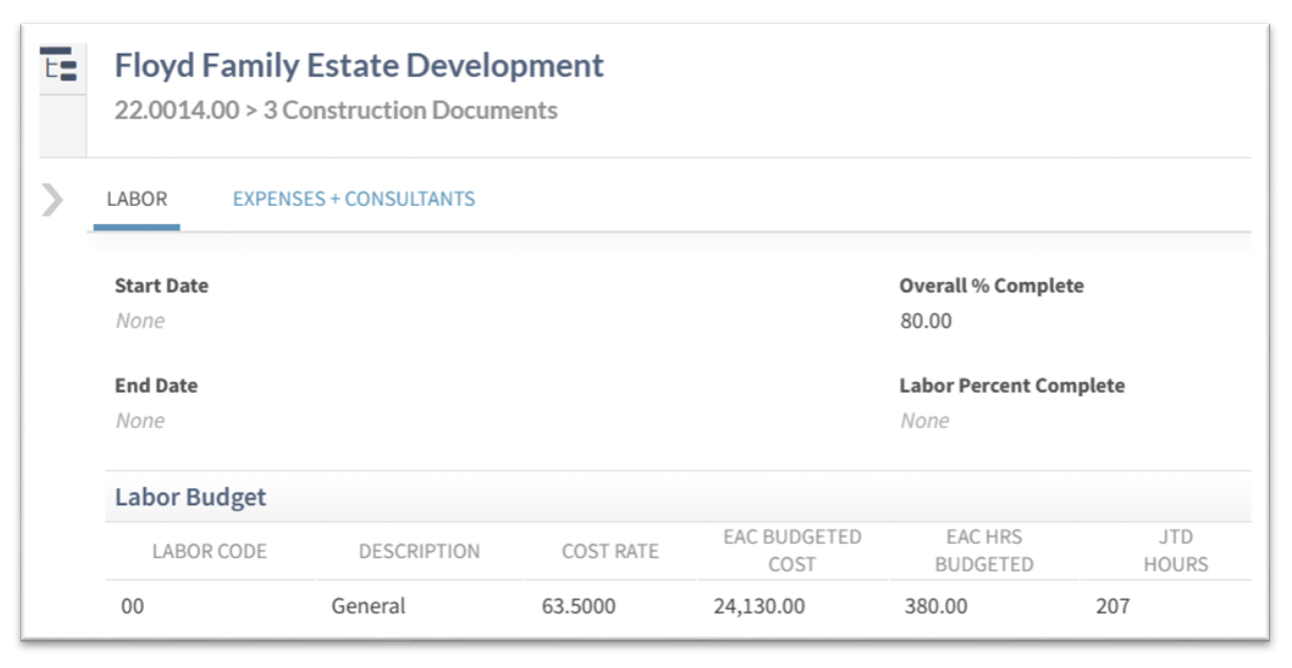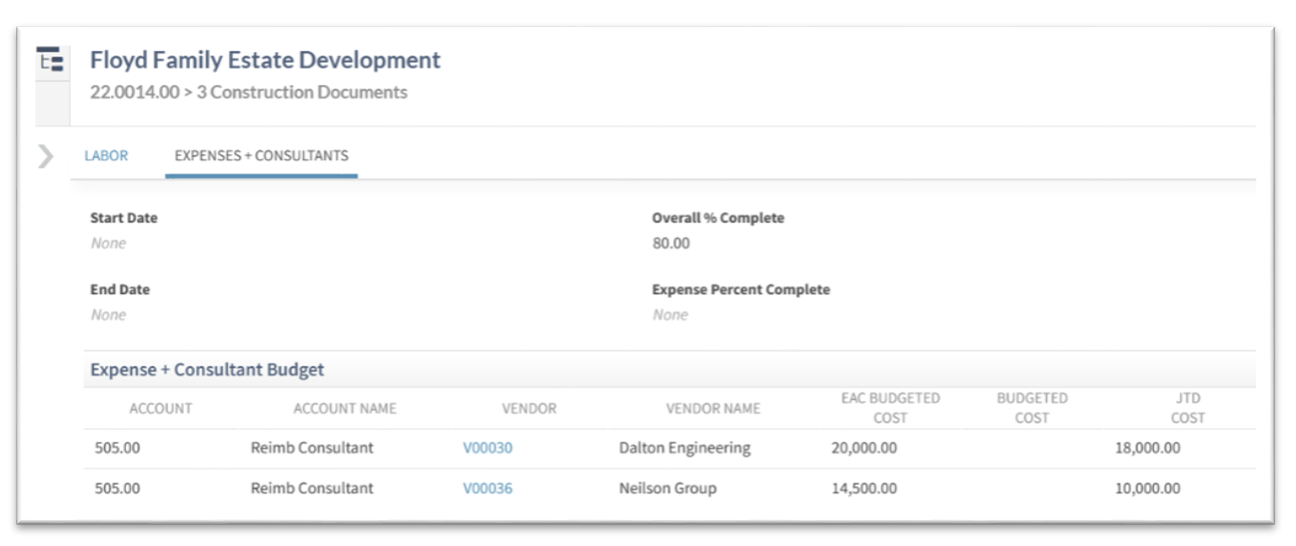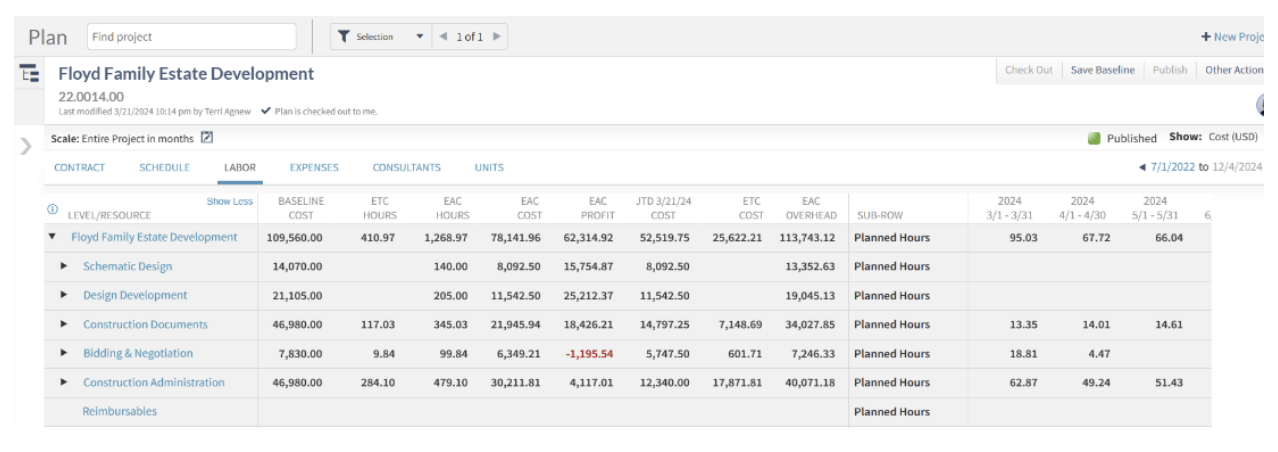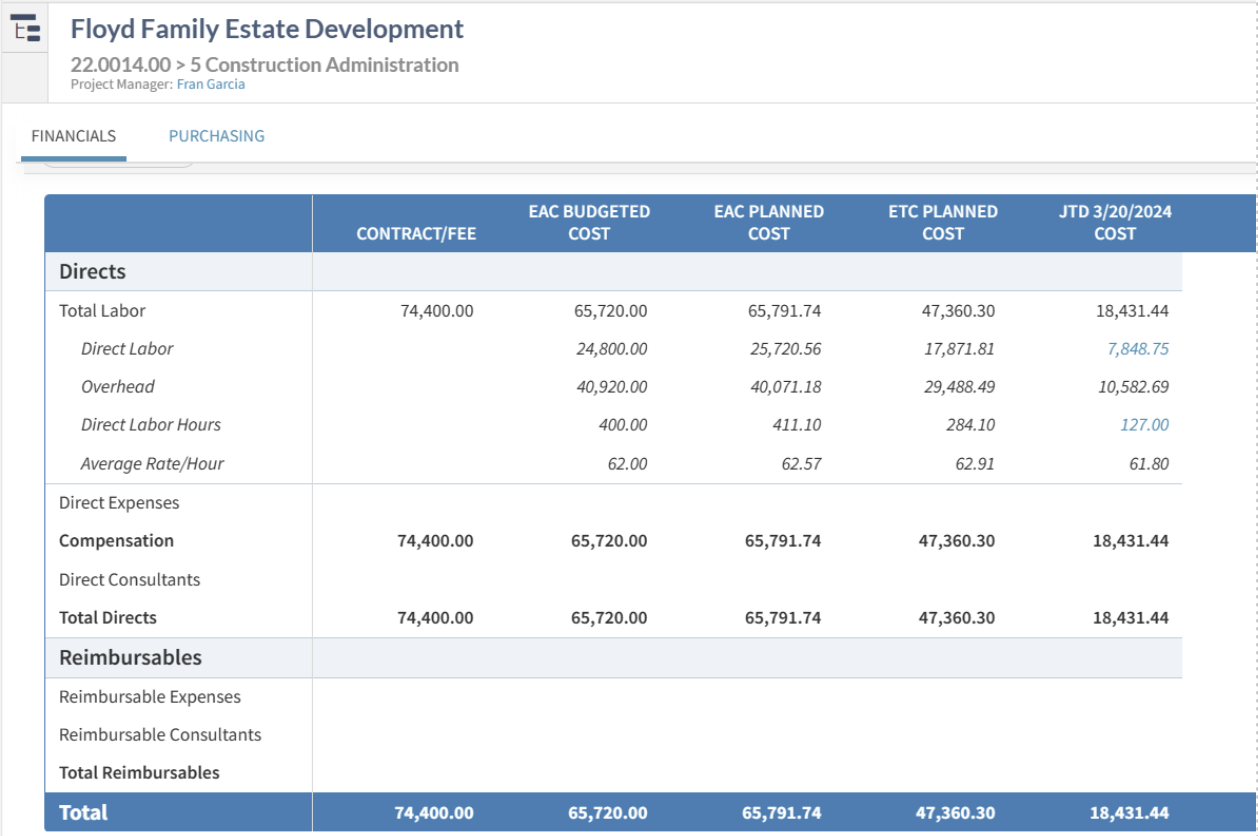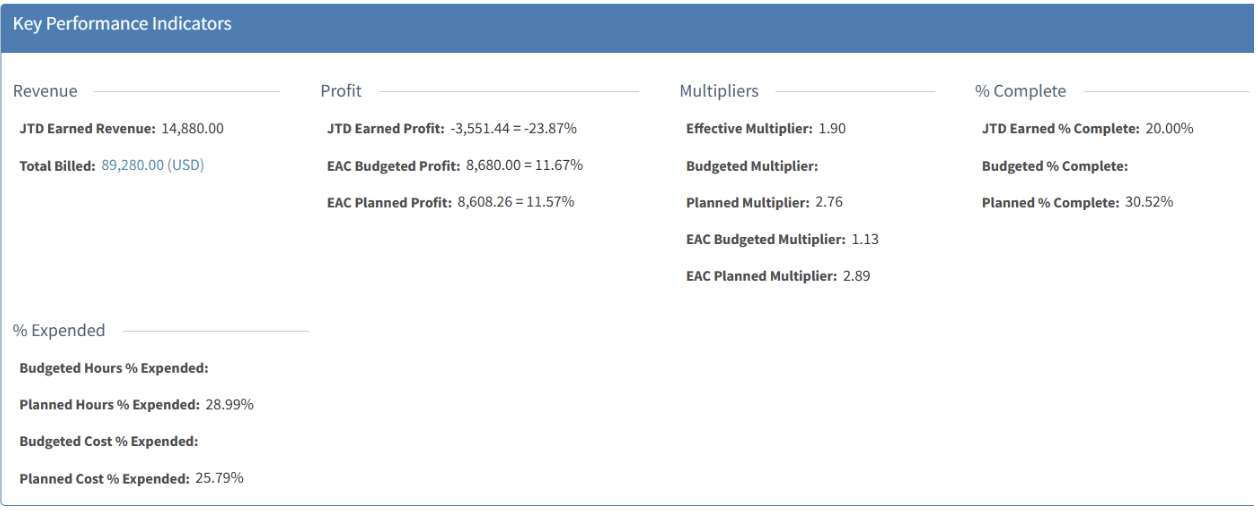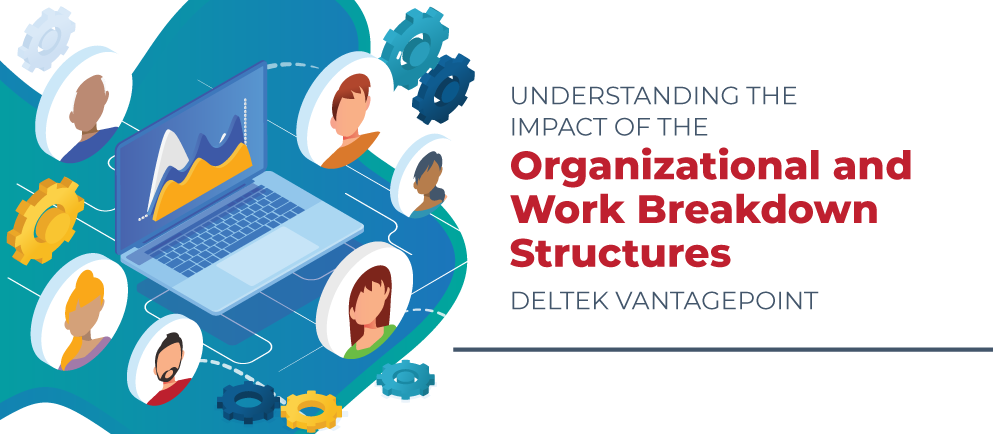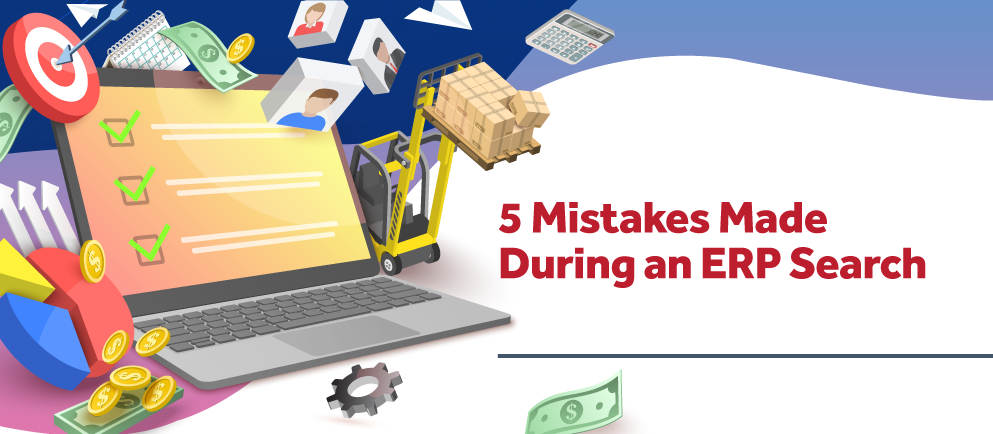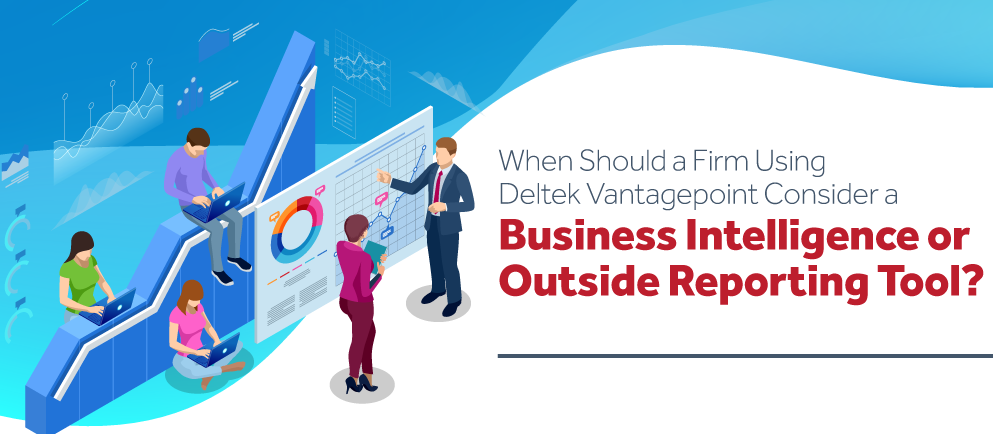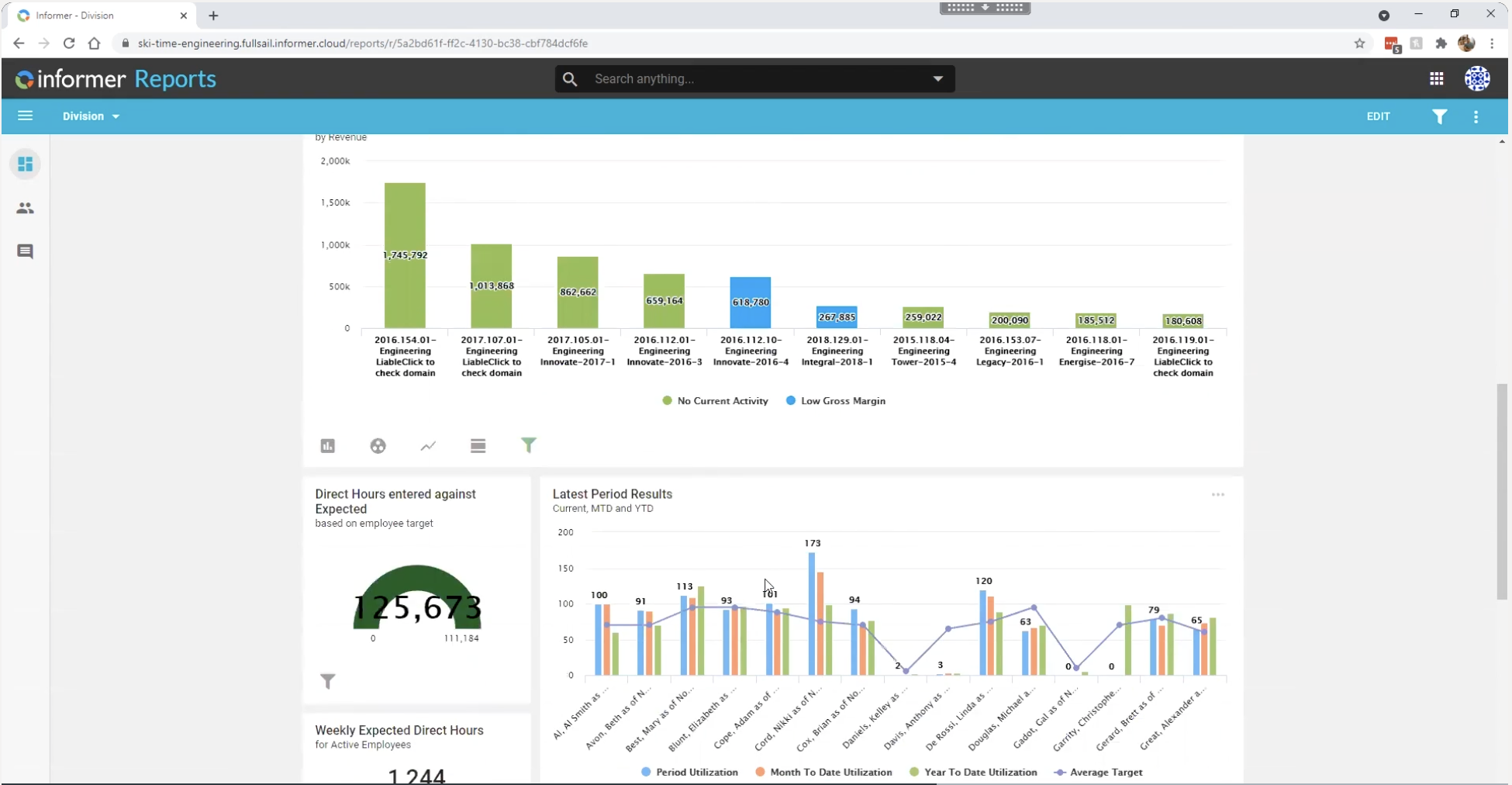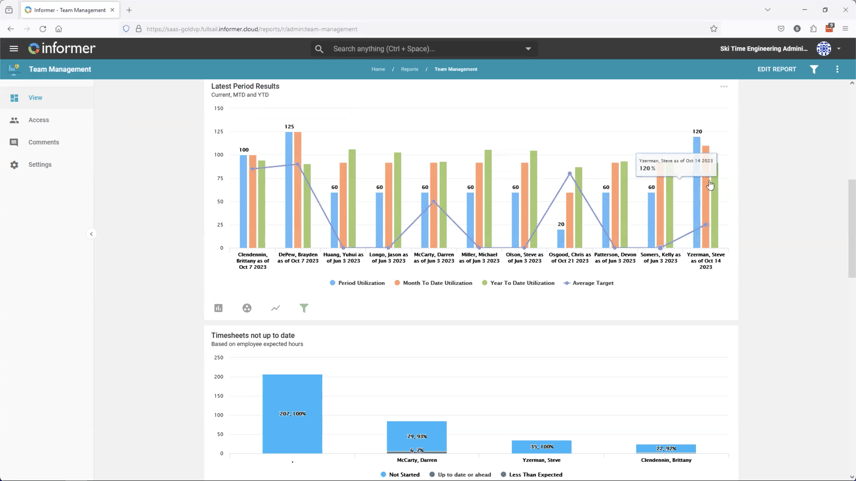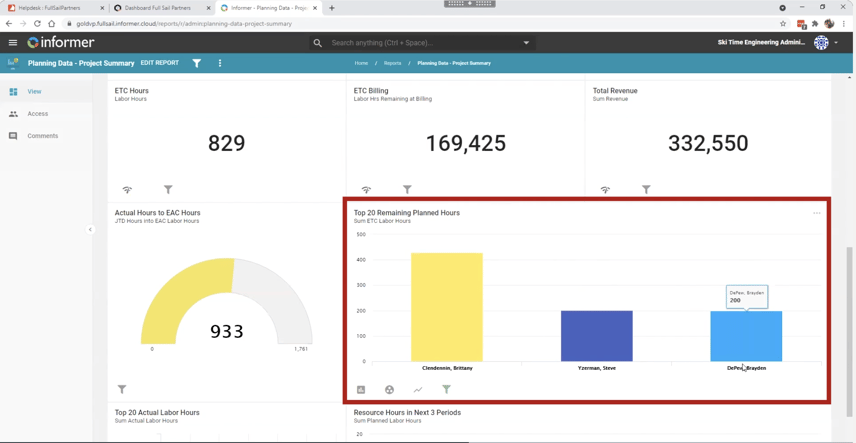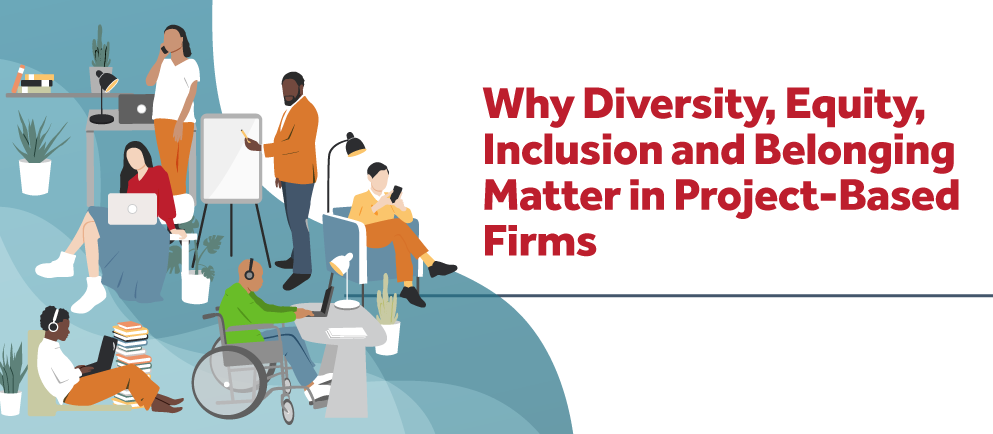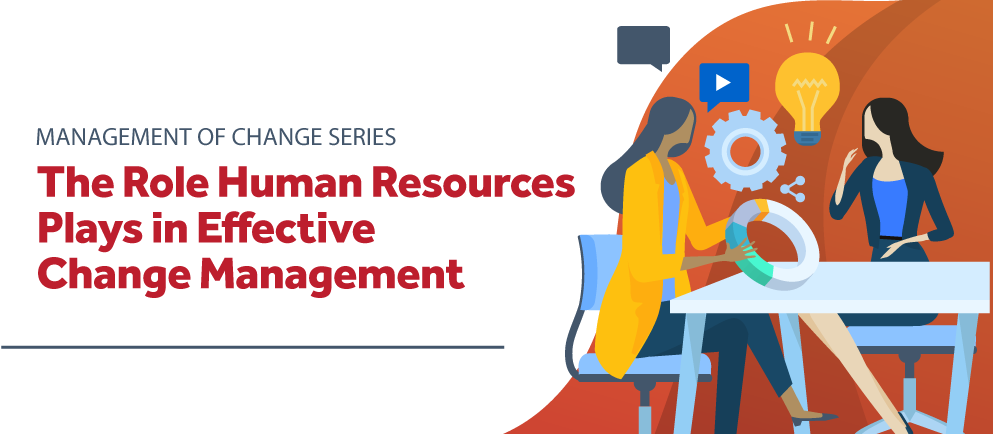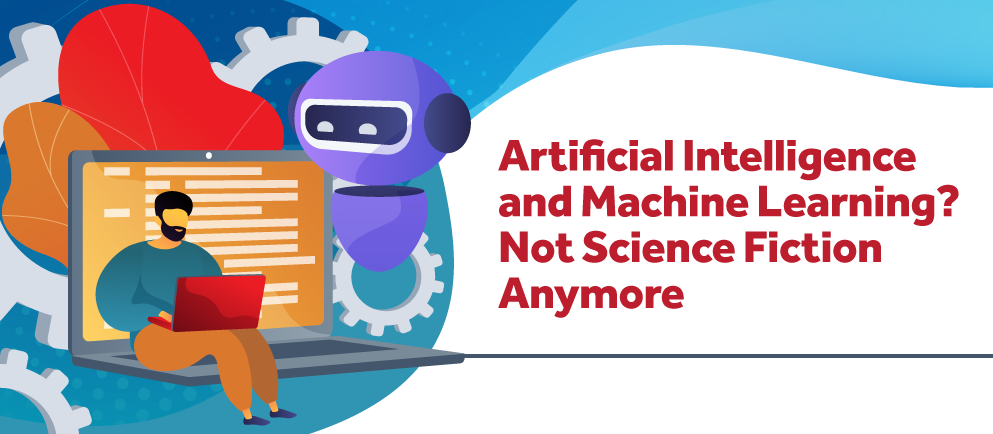The Importance of Benchmarking in Measuring Business Growth
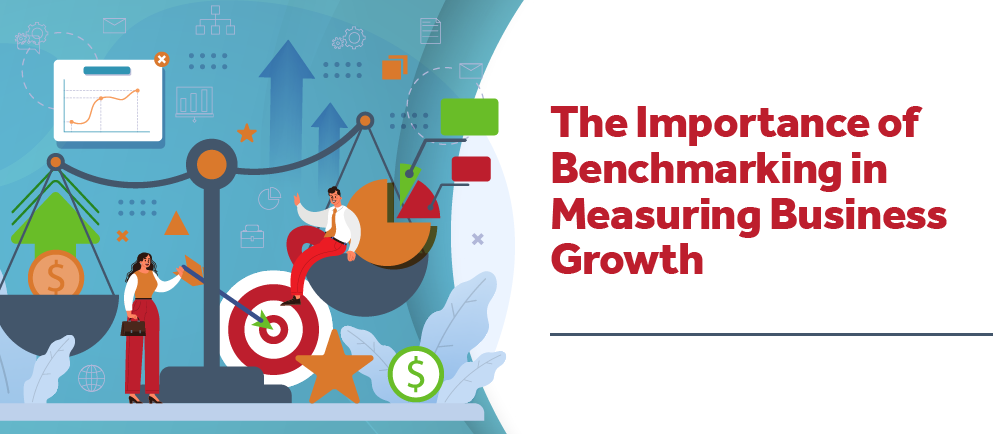
For project-based firms like those in engineering, architecture, and consulting, failing to measure and understand business performance against industry standards can lead your business towards stagnation or decline. Benchmarking, the critical practice of comparing business processes and performance metrics to industry bests and best practices from other companies, is not just beneficial—it's essential. Without it, firms remain blind to their operational inefficiencies and market position, risking obsolescence.
By rigorously examining internal operations against recognized standards, firms can pinpoint critical deficiencies and implement strategic changes, ensuring survival and fostering growth in an ever-evolving marketplace. This article will guide you through the importance of benchmarking, how to get started, identify key performance indicators, and effectively integrate these practices to drive business success.
Why Benchmarking Matters for Project-Based Firms
For project-based businesses, every project represents a complex interplay of resources, time, and client requirements. Benchmarking provides a structured approach to analyzing these elements by focusing on Key Performance Indicators (KPIs) that drive business success. It allows leaders to make informed decisions based on data-driven insights, rather than intuition alone.
The importance of benchmarking in this sector cannot be overstated. It helps firms:
- Identify Efficiency Gaps: Benchmarking can highlight discrepancies between a firm’s current practices and the industry's best, allowing for targeted improvements.
- Enhance Competitive Advantage: Understanding where you stand in the market can help you leverage your strengths and address weaknesses, setting you apart from competitors.
- Drive Strategic Planning: With a clearer picture of how well you perform against benchmarks, you can prioritize initiatives that drive growth and enhance profitability.
- Improve Financial Performance: By aligning operations more closely with successful benchmarks, firms can improve profitability through better resource management and cost control.
Getting Started with Benchmarking
Implementing a successful benchmarking process involves several steps, from choosing relevant KPIs to analyzing external data. Here’s how to get started:
Step 1: Define Relevant KPIs
Selecting the right Key Performance Indicators (KPIs) is crucial as these metrics will guide your benchmarking efforts and influence strategic decisions. For project-based firms, understanding both financial and operational performance is essential. Consider the following essential metrics:
- Utilization Rate: This measures how effectively the firm uses its billable staff. A high utilization rate often correlates with higher profitability and is a clear indicator of workforce efficiency.
- Net Labor Multiplier: A critical profitability metric that assesses how much revenue is generated per salary dollar paid. It highlights the financial effectiveness of human resource investment.
- Operating Profit: Looks at the firm’s earnings before interest and taxes, providing insight into operational efficiency and overall financial health.
- Current Ratio: This financial ratio measures a company's ability to pay off its short-term liabilities with its short-term assets. A strong current ratio indicates good liquidity health, crucial for maintaining smooth operations and responding to unforeseen challenges.
- Employee Turnover: An important metric for understanding employee retention and satisfaction. High turnover can indicate underlying issues in workplace culture or compensation, affecting project continuity and increasing recruitment and training costs.
Beyond these metrics, firms should also tailor additional KPIs based on their strategic goals and industry specifics. For instance:
- Client Satisfaction Scores: Measure the satisfaction levels of your clients through surveys and feedback mechanisms. High satisfaction scores are often indicative of repeat business and client referrals.
- Project Completion Rate: Tracks the percentage of projects completed on time and within budget, crucial for maintaining client trust and operational efficiency.
- Billable Efficiency: Compares billable hours to total hours worked to assess how much of the workforce’s time is generating revenue.
By defining these KPIs, firms can not only gauge their current performance but also set benchmarks that align with both industry standards and internal aspirations. This holistic view enables leaders to make informed, strategic decisions that drive growth and improve efficiency.
Step 2: Gather Internal Data
Once KPIs are defined, the next step is to compile data from your operations. This involves tracking these metrics over a significant period to establish an internal baseline. Utilize your existing ERP, such as Deltek Vantagepoint, to extract historical data, ensuring it’s accurate and comprehensive.
Step 3: Find External Data for Comparison
Once you've gathered and analyzed your internal data across selected KPIs, the crucial next step is to seek external benchmarks for meaningful comparison. This process, while challenging, is essential for gaining real insights and is entirely achievable with some diligent effort.
A straightforward approach might involve hiring a consultant to dive deep into the metrics and performance of your competitors. However, a more cost-effective method is to leverage existing third-party studies and industry reports available online. These resources provide a wealth of comparative data and are often underutilized.
Take, for example, Deltek's annual performance study specifically tailored for the architecture and engineering sectors. This comprehensive analysis reviews critical KPIs and distinguishes high-performing firms from their peers. Interestingly, recent findings suggest that while overhead and utilization rates are consistent across the board, top performers often share distinctive traits. These include enhanced efficiencies throughout their project lifecycle and a robust set of standardized company practices.
In addition to industry-specific reports like Deltek's, broader marketing and business studies can also offer valuable insights. For instance, the marketing research firm Hinge regularly publishes analyses on high-growth firms across various professional services industries. These reports not only highlight what successful firms do differently but also challenge common misconceptions, such as the idea that high growth in certain smaller firms is merely an anomaly.
The key takeaway is that valuable data is out there; you just need to know where to look. By comparing your internal metrics against these rich data sources, you can identify where you stand relative to the industry's best and learn from the strategies that set top performers apart. This process doesn't just measure your current performance—it provides a roadmap for where you need to go to achieve similar success.
Step 4: Analyze the Data
With both internal and external data at hand, perform a thorough analysis to identify trends, gaps, and opportunities. Look for patterns where your firm excels or underperforms compared to industry benchmarks. This analysis should go beyond mere numbers; it should help understand the underlying causes of discrepancies and what they mean for your business operations.
Step 5: Incorporate Benchmarking into Management Practices
Effective benchmarking should be an ongoing process, not a one-time event. Integrate these practices into your regular management routines. Regularly update your benchmarks and internal assessments to keep them relevant. Use benchmarking insights to set realistic performance goals, inform strategic decisions, and drive continuous improvement across your organization.
Harnessing Benchmarking for Strategic Advantage
Benchmarking transcends being merely a tool for measuring success; it is a comprehensive strategy that cultivates a culture of continuous improvement and strategic agility. For leaders of project-based firms, embedding benchmarking into daily business operations is crucial for illuminating the pathway to enhanced performance and enduring growth.
By adopting benchmarking, your firm not only aligns with industry standards but also positions itself to proactively respond to evolving market conditions and capitalize on emerging opportunities. In a business landscape that is constantly changing, the firms that will flourish are those committed to measuring, comparing, and adapting based on solid data.
To further explore how benchmarking can be seamlessly integrated into your strategic planning, I invite you to learn more about our Navigational Analysis Process. This tailored approach will guide you through identifying, analyzing, and leveraging critical data to not just meet but exceed industry benchmarks, ensuring your firm's competitive edge. Let's navigate your path to success together—click the image below to begin your journey.



